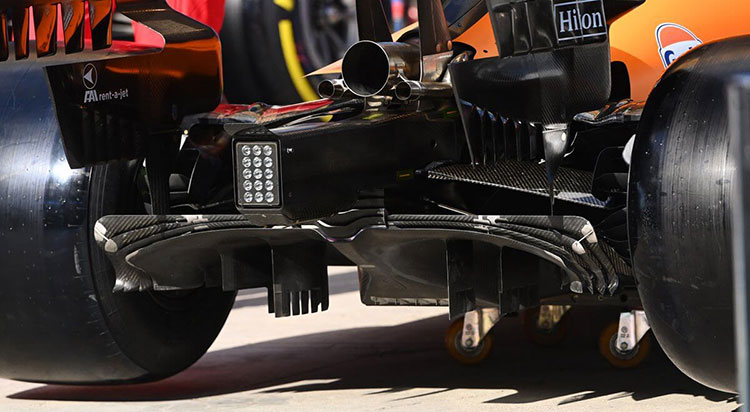Today’s F1 cars are capable of reaching top speeds around 350kph when using low drag wings, the record for the highest recorded top speed by an F1 car was 378kph back in 2016.
While aerodynamics play a key role due to the amount of drag, these incredible speeds come from 1.6-litre V6 engines and an Energy Recovery System (ERS) combining to produce around 1000 horsepower.
Such is the grip from the tyres and downforce created by aerodynamics, in high-speed corners, drivers face G-forces of over 5G, meaning 5 times the force of gravity, this puts a huge physical strain on their necks during a race.
The brakes are capable of stopping an F1 car from over 320kph to 0 in around 4 seconds, with the brake discs reaching temperatures of over 1000C in the process.
On circuits with long straights into tight corners, drivers can usually brake from around 320kph to less than 100kph in just 120m or less.
F1 cars are always set up to meet the specific needs of each circuit. In some cases, this requires unique parts sometimes just for one race, such as in Monaco where teams use a special steering rack to ensure drivers can get around the very tight corners on the street circuit.
At high-altitude venues like Mexico and Brazil, teams also have to focus more on cooling by opening holes in the bodywork to allow more air to cool the engines and other parts.

